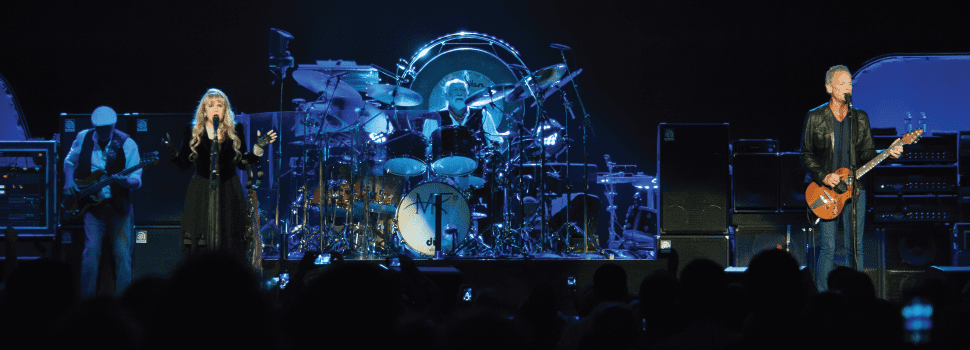
How do dynamic microphones work?
We cater to a huge array of clients with our rubber boxes and electrical distribution equipment, so they’ve always been used in a wide variety of settings – including live events and music. As you’d expect, microphones are therefore a frequent staple of these events, so this week we thought it was worth exploring some of the most common types. We’ll be taking a quick look at condenser and dynamic microphones, their various uses and benefits, and and exactly how the dynamic microphones work.
A quick explanation of the different types of microphones
There are two main types of the most widely-used microphones – dynamic mics and condenser mics. Now, without getting too technical, the main difference between them is to do with the different types of transducer they use – essentially, the component that changes acoustic energy into electrical energy.
Condenser microphones are the more complex of the two. That means they’re also more costly, and can be more easily affected by extremes of temperature or humidity, which can make them problematic to use in unpredictable outdoor environments (especially here in the UK!). However, they can be made with a higher sensitivity, and are favoured for their ability to produce a particularly smooth, natural sound. That makes them a popular choice for concert halls or theatrical environments, or radio studios and other recording environments.

Dynamic microphones, on the other hand, are – well, more dynamic. They tend to have a more simple construction, which makes them a bit more economical and rugged. They use a diaphragm, voice coil or magnet assembly, which essentially forms a miniature sound-driven electrical generator (more on that in a moment). The key advantage with this is that it can handle particularly high sound levels, and in fact dynamic microphones are almost impossible to overload. They also stand up relatively well to varying temperature extremes, which makes them a much more practical choice for heavy-duty use or hardy outdoor environments, such as music festivals or rock and roll concerts.
So then, how exactly do dynamic microphones work?
The inner workings of dynamic microphones
If you know how a loudspeaker works, you’re already more than halfway there – most microphones are literally loudspeakers in reverse. Sound that we can hear is essentially energy carried by vibrations in the air. So when you speak, the sound waves created by your voice carry energy into the microphone. Inside it, a component called the diaphragm moves back and forth when the sound waves hit it. It’s attached to the magnetic coil, which moves back and forth with it too. This causes the permanent magnet inside to produce a magnetic field which then cuts through the coil. As the coil moves back and forth through the magnetic field, an electric current continuously flows through it.
This electric current then flows out of the microphone, heading to whatever’s attached. This may be to a recording device, allowing the sound to be stored for later manipulation or use, or to an amplifier. The amplifier then boosts this electrical signal and feeds it to a loudspeaker, blasting the amplified sound waves over a much wider area. (This is what makes amplifiers so useful for rock concerts, personal address systems and similar sorts of large-scale settings.)
We’ll leave the specifics of your microphone choice up to you, but here at Rubber Box you can certainly count on us to have a wide array of power distribution equipment for sale, including both our standard range of products and an array of bespoke equipment. You can browse our products here, or if you’ve got any questions or have an enquiry for a bespoke product, give us a call on 01282 677 910!




